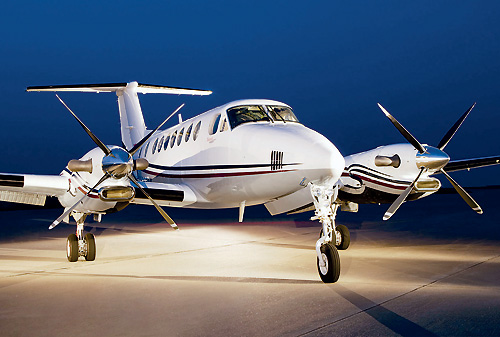kontiki
Cleared for Takeoff
- Joined
- May 30, 2011
- Messages
- 1,121
- Display Name
Display name:
Kontiki
All,
I'm looking at purchasing a replacement part for an old STC. A reputable vendor who does hold a PMA for some parts, told me that he could not get PMA for these parts, but they are in fact manufactured per the required DWG. Apparently, the PMA was just out of reach for these parts though.
As a PMA holder they cannot sell me the part unless I sign a form that essentially requests they make the part for me under my own owner operator authority to manufacture repair parts.
Anybody done this in GA? If so how was it handled?
I've actually run into this before at a part 121 airline where a manufacturer that held a PMA could not sell us a non-PMA part originally installed under an old company STC. They felt the regulations prohibited them from selling a non-PMA part, no exceptions. The airline did have an FAA approved process for that situation, but the airline also had an approved QA process for qualifying vendors to make parts on their behalf.
I'm looking at purchasing a replacement part for an old STC. A reputable vendor who does hold a PMA for some parts, told me that he could not get PMA for these parts, but they are in fact manufactured per the required DWG. Apparently, the PMA was just out of reach for these parts though.
As a PMA holder they cannot sell me the part unless I sign a form that essentially requests they make the part for me under my own owner operator authority to manufacture repair parts.
Anybody done this in GA? If so how was it handled?
I've actually run into this before at a part 121 airline where a manufacturer that held a PMA could not sell us a non-PMA part originally installed under an old company STC. They felt the regulations prohibited them from selling a non-PMA part, no exceptions. The airline did have an FAA approved process for that situation, but the airline also had an approved QA process for qualifying vendors to make parts on their behalf.



